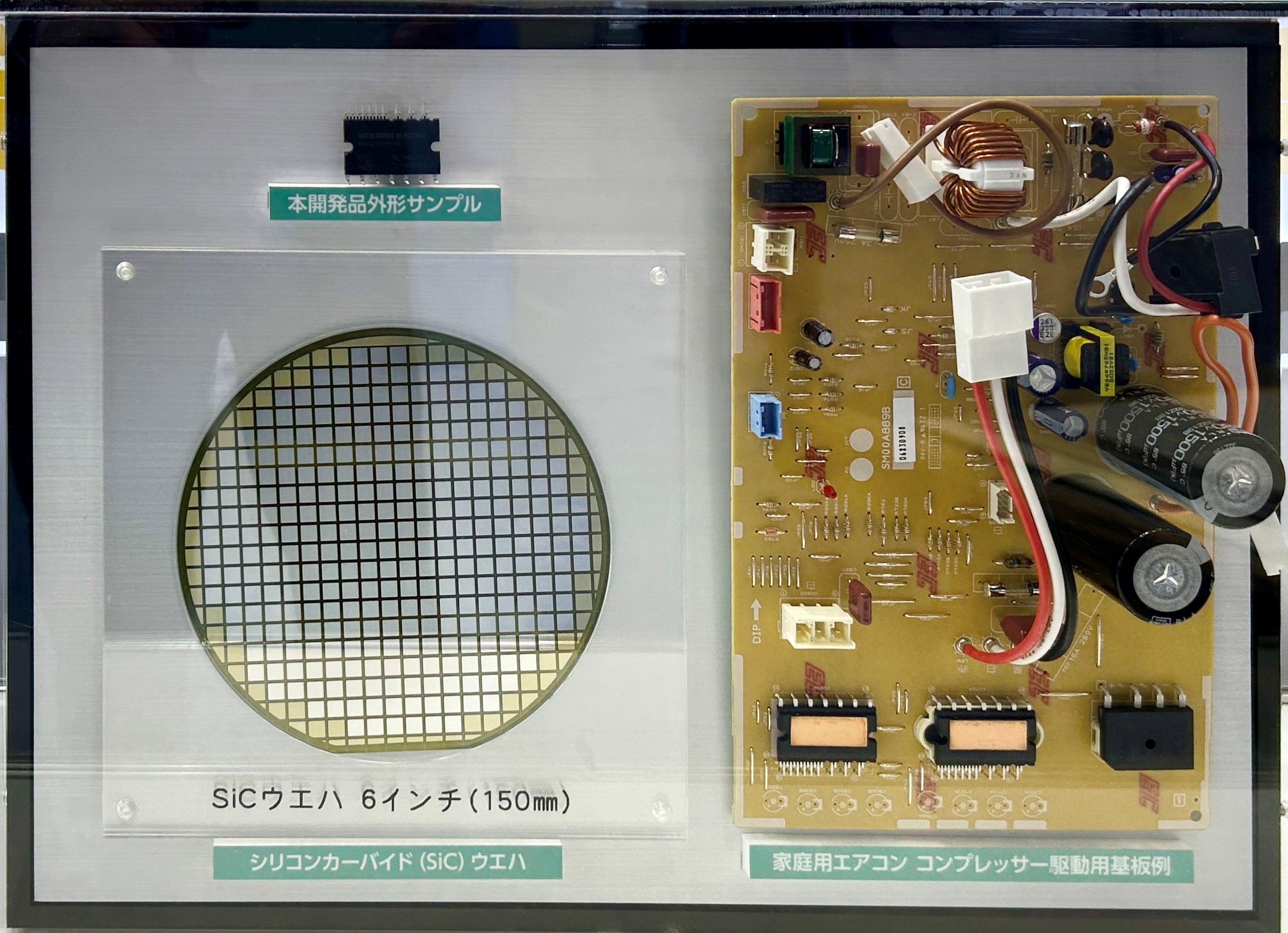2025-04-15 物質・材料研究機構,東京大学,産業技術総合研究所,東北大学,京都工芸繊維大学
NIMSは東京大学、産総研、東北大学、京都工芸繊維大学と共同で、無機材料開発を加速する「元素反応性マップ」を開発・公開した。これは既存の約3万件の無機化合物データをもとに機械学習で構築され、80元素の最大3元素組み合わせ85,320通りの反応性を評価。得られた80種のグリッドマップはウェブ上で閲覧可能。実験データとの照合で高スコア群は既知化合物の出現確率が17倍高いことが示され、3,000以上の新物質候補も発見された。既に磁気スキルミオンや熱電材料に応用可能な新化合物も特定されている。
<関連情報>
- https://www.nims.go.jp/press/2025/04/202504150.html
- https://pubs.acs.org/doi/10.1021/acs.chemmater.4c02259
材料探索のための元素反応性マップ Elemental Reactivity Maps for Materials Discovery
Yuki Inada,Masaya Fujioka,Haruhiko Morito,Tohru Sugahara,Hisanori Yamane,and Yukari Katsura
Chemistry of Materials Published February 21, 2025
DOI:https://doi.org/10.1021/acs.chemmater.4c02259
Abstract

When searching for novel inorganic materials, limiting the combination of constituent elements can greatly improve the search efficiency. In this study, we used machine learning to predict elemental combinations with high reactivity for materials discovery. The essential issue for such prediction is the uncertainty of whether the unreported combinations are nonreactive or not just investigated, though the reactive combinations can be easily collected as positive data sets from the materials databases. To construct the negative data sets, we developed a process to select reliable nonreactive combinations by evaluating the similarity between unreported and reactive combinations. The machine learning models were trained by both data sets, and the prediction results were visualized by two-dimensional heatmaps: elemental reactivity maps to identify elemental combinations with high reactivity but no reported stable compounds. The maps predicted high reactivity (i.e., synthesizability) for the Co–Al–Ge ternary system, and two novel ternary compounds were synthesized: Co4Ge3.19Al0.81 and Co2Al1.26Ge1.74.



